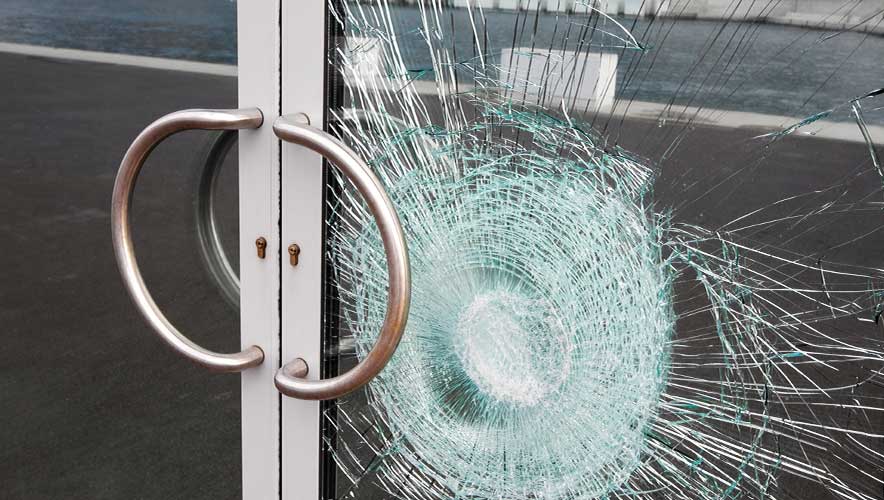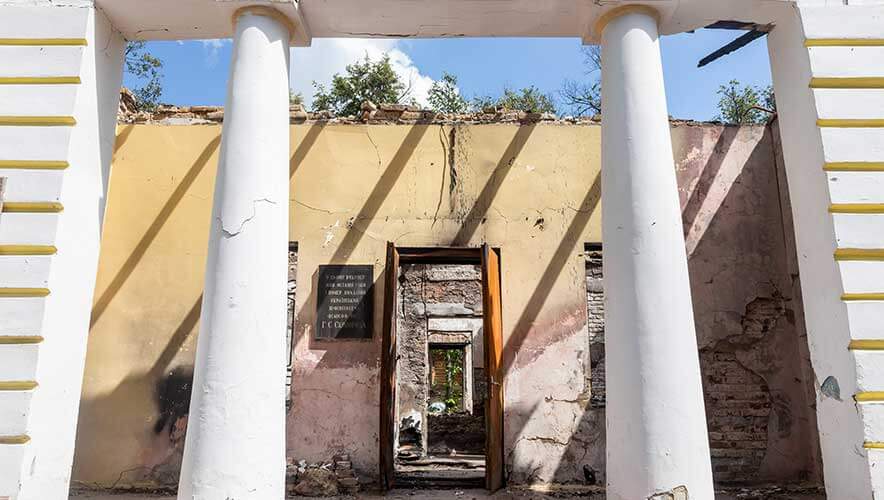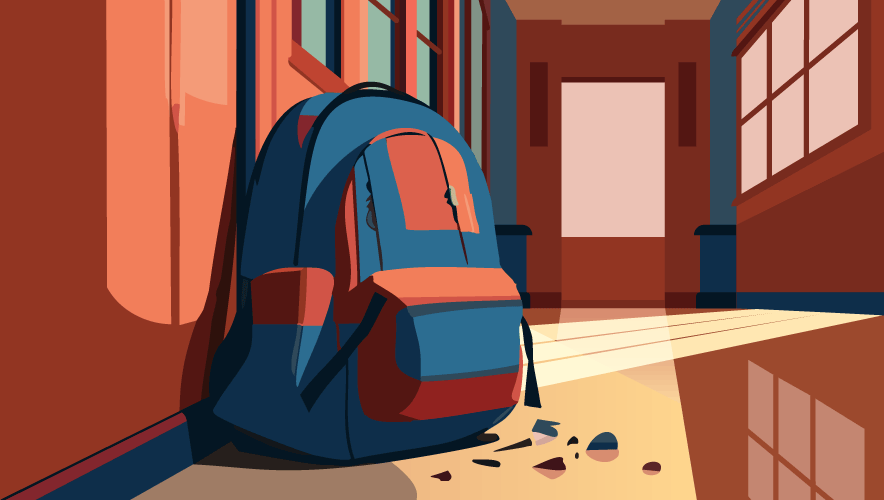Understanding the 3 Levels of Security Glass
Glass doors and windows add a great deal to the appeal of a building, both from the outside and from the inside. From the outside, abundant glass provides a light, open, and welcoming feeling—reflecting sky, clouds, and trees. From the inside, windows and glass doors offer views of the world, along with natural light that helps lift spirits and maintain a more positive work environment.
Unfortunately, glass architecture has a downside when it comes to withstanding violent assault. Standard architectural glass is not as strong as other building materials such as concrete and brick. A criminal intent on entering a building can smash their way in through some first-floor glass doors or shoot bullets through the glass. For building owners and managers, this risk could influence the type of doors they choose to install.
To help clarify terminology around the differing glass solutions, here is a quick overview of three levels of security glass.
Smash-Resistant Glass
Smash-resistant glass, also called vandal-resistant, is engineered to withstand a range of impact forces, from blunt objects to sharp tools. Laminate film can be applied to either new or existing glass doors and windows, as well as security revolving doors or mantrap portals to provide them an added layer of protection and risk mitigation. When struck, smash-resistant glass cracks like a spiderweb instead of shattering into multiple pieces, while remaining securely inside its frame. Whether it is bashed by a blunt object or a crowbar, the panel will be held together and in place by the film.
There are several further positive effects of this technology that go beyond simply preventing access at a particular entry point. First, because the glass cannot be shattered quickly, the individual trying to enter may spend a considerable amount of time attempting to gain access. This provides security personnel a greater opportunity to take remedial actions, such as calling the police. In addition, the amount of time spent by the would-be attacker without being able to gain access may deter further attempts to gain entry. Finally, the potential for injury to bystanders from glass shards—either flying through the air or scattered after traditional glass is shattered—is greatly reduced.
Bullet-Resistant Glass
There are numerous types and levels of bullet-resistant glass available today. This product typically consists of glass and glass laminates sandwiched together to form a single pane. While it appears to be the same thickness as normal glass, in fact it is much thicker. When hit by a bullet, the layers of glass laminate absorb the majority of the force and stop the bullet from continuing its trajectory.
Bullet resistance is designated by levels defined by Underwriters Laboratory (UL). For example, level 3 bullet-resistant glass is designed to withstand at least three shots of a .44 magnum round at 1,350 FPS velocity. It can also protect against 9mm, .357 Magnum, and lesser caliber threats.
If the door is on a building façade, it is recommended that any adjacent storefronts and windows be upgraded to include bullet-resistant materials as well. Adding bullet-resistant glass to secured entry solutions can further help save the lives of people from a firearm-based attack from the exterior of the building.
What is Riot Control Glass?
There are a number of different products sold using the terms “riot control” or “riot protection” glass. This is a descriptive term and is not controlled by any overseeing body like UL. Some riot control glass is similar or the same as smash-resistant glass, using a laminate film to keep cracked glass in place after it is struck. Other brands consist of a clear polycarbonate overglaze or shield within a frame that is installed over existing windows. The use of riot protection glass is quickly becoming a new imperative for both commercial and residential applications in urban areas prone to high crime and social unrest. Applying these robust glass laminates on conventional glass doors and revolving doors is a cost-efficient and highly effective way to further protect people, property, and assets.
With so many different types of security glass solutions available for both existing and new door installations, it is important to work with a professional provider who can help you navigate the different offerings and determine which is best for your needs. In that way, you can be sure to create the safest and most secure environment for your facility.
Kurt Measom serves as vice president of technology and product support at Boon Edam and is part of the enterprise account security team. Measom has been employed at Boon Edam for more than 25 years serving in multiple roles including vice president of technical services, training, and quality. During the past eight years, Measom has worked closely with Boon Edam’s enterprise sales team as an advisor for security solutions to many Fortune 1000 companies, and he is currently a Lenel Certified Associate. Measom graduated from the University of Utah with BS and MBA degrees and currently lives with his wife in the Salt Lake City area.



















